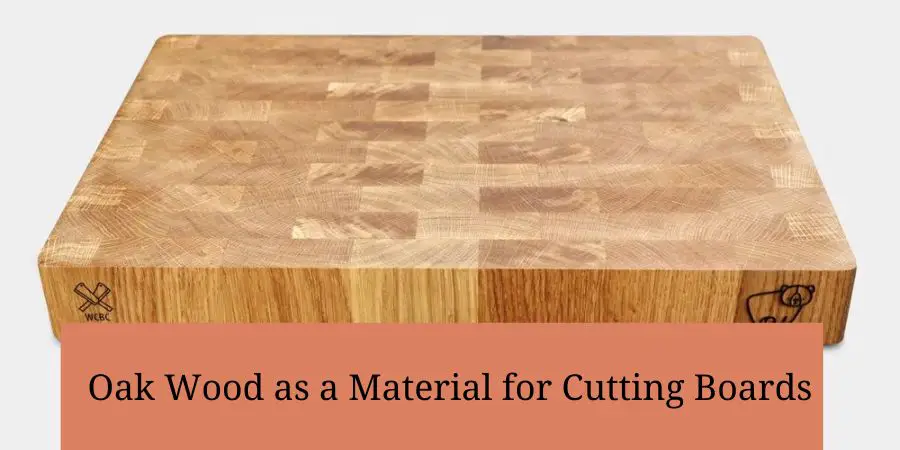Cutting boards are an essential tool in the kitchen, providing a flat and sturdy surface for preparing food. Over the years, several materials have been used to make cutting boards, including plastic, bamboo, and wood. While plastic and bamboo have become popular due to their durability and affordability, wood remains a classic choice for many.
One of the most commonly used types of wood for cutting boards is oak. With its durability, hardness, and natural beauty, oak has become a popular material for cutting boards.
In this article, we’ll take a closer look at oak wood and its suitability as a material for cutting boards.
What is Oak Wood?
Oak is a type of hardwood that is native to the Northern Hemisphere. There are several species of oak, including white oak, red oak, and black oak, but all are known for their strength and durability.
The strength and durability of oak come from its dense and heavy grain pattern. This makes it an ideal material for a wide range of applications, including furniture, flooring, and, of course, cutting boards.
Advantages of Oak Wood for Cutting Boards
- Durability
One of the main advantages of oak wood is its durability. This hardwood is known for its ability to withstand the wear and tear of daily use, making it an ideal material for cutting boards. Unlike plastic boards, oak cutting boards won’t crack, warp, or break easily, even with frequent use.
- Hardness
Another advantage of oak wood is its hardness. This means that it is resistant to scratches, cuts, and nicks, making it a great choice for cutting boards. This hardness also makes it less likely to dull knives, as it is able to withstand the pressure and force of the blade.
- Natural Beauty
In addition to its durability and hardness, oak is also known for its natural beauty. The grain pattern of oak wood is unique and adds character to any kitchen. With proper care and maintenance, an oak cutting board can last for many years and can become a treasured kitchen accessory.
- Antimicrobial Properties
Oak wood is naturally antimicrobial, meaning that it is resistant to bacteria, mold, and other microorganisms. This makes it a safe and hygienic choice for cutting boards, as it helps to prevent the spread of germs and bacteria.
Disadvantages of Oak Wood for Cutting Boards
- Maintenance
One of the main disadvantages of oak wood is the maintenance it requires. Unlike plastic or bamboo boards, oak cutting boards need to be oiled and sanded regularly to maintain their beauty and functionality. Neglecting to properly care for an oak cutting board can result in cracking, warping, and even the growth of bacteria.
- Price
Another disadvantage of oak wood is its cost. Oak is a premium material, and as such, oak cutting boards tend to be more expensive than their plastic or bamboo counterparts. This high cost can be a barrier for some consumers, making it a less accessible option.
Conclusion
Oak wood is an excellent choice for cutting boards, offering durability, hardness, natural beauty, and antimicrobial properties. However, it is important to consider the maintenance required to keep oak cutting boards in good condition, as well as the higher cost compared to other materials.
In conclusion, oak wood is a great choice for those who value quality and are willing to invest in a long-lasting and beautiful cutting board. With proper care and maintenance, an oak cutting board can last for many years and become a cherished kitchen accessory.





